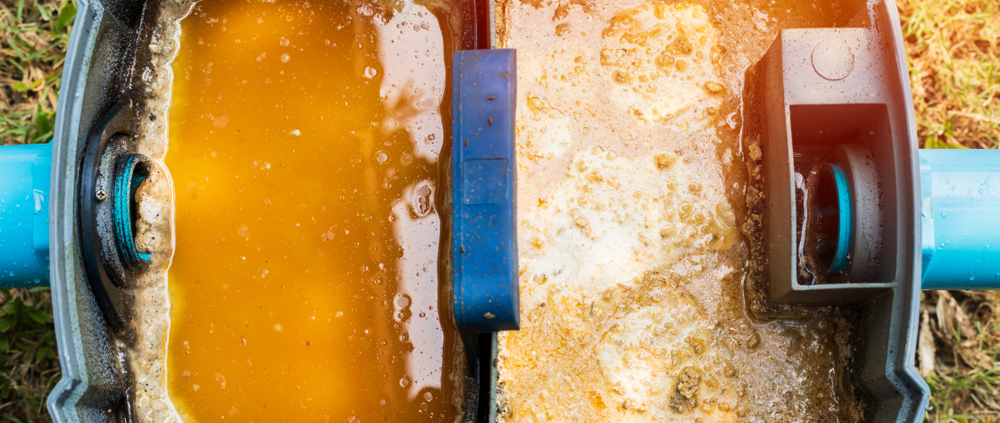3 Safe and Effective Ways to Transfer Used Cooking Oil to a Grease Trap
If you’re in the restaurant business you know that recycling used cooking oil is an integral part of keeping your kitchen running efficiently, while simultaneously reducing our carbon footprint on Earth. But what many in the restaurant business don’t know is how to properly dispose of this grease trap pumping. From storage containers to direct pump stations, there isn’t a perfect one-size-fits-all option that will work for everyone.
Here at Hulsey, we recognize that restaurants come in all shapes and sizes. A particular grease trap pumping solution that works best for one restaurant might not be able to have the same type of efficiency for another. To keep your kitchen operations running as smoothly and sanitary as possible, we’ve identified a few of the different solutions and tools needed to effectively transfer used cooking oil to the grease trap.
1. Outdoor Storage Containers
Essentially, these outdoor storage containers act as a dumpster for your grease trap pumping. Much like a dumpster for trash or recycling, someone must manually carry the used cooking oil from the kitchen and dispose of it properly in the storage container. This might not be feasible for every restaurant and carries a few potential risks. Anytime cooking oil is spilt, it can lead to employees slipping and even burning themselves. Likewise, storing your grease trap pumping in these outdoor containers represents a higher chance of theft. However, if this method works best for your restaurant be sure to invest in specifically designed anti-theft lids.
2. Indoor Pump Station
Installing an indoor grease pump station might not be feasible for everyone, but this method represents a much safer solution than storing your used cooking oil in outdoor containers. This method can thoroughly mitigate the risk of any spills, burns or other grease trap pumping accidents, but it’s of the utmost importance that you use the proper safety attire when utilizing this best practice. The pump station works by siphoning the used cooking oil to an indoor storage container. Since the piping between the storage tank and cooking fryers must be connected, the pump station has to be installed in close proximity to the fryers. If you’re curious as to whether such a solution might work in your restaurant, the experts at Hulsey (a Blue Flow Company) can help identify if your kitchen is capable of supporting an indoor pump station.
3. Direct Pump System
Utilizing a direct pump system approach is by far the most effective and safest way to recycle your used cooking oil. By creating a direct connection from your fryers to a specialized storage container, draining your grease trap pumping can be as easy as flipping a switch. The majority of fryers are compatible with direct pumps and can transport that used cooking oil to either an indoor or outdoor storage container. Once installed, all you have to do is hit the switch to activate the pump and the rest takes care of itself, all but eliminating the need for manual labor. This method is considered the best practice in disposing grease trap pumping, as it greatly reduces the risk of injury, helps prevent grease theft and most importantly, improves your kitchen’s efficiency.
Work Smarter, Not Harder
Different restaurants require different solutions. Whether you plan on utilizing a direct pump system, outdoor storage container or some other method for recycling your used cooking oil, it’s important to remember that this is only the first step. When you partner with Hulsey (a Blue Flow Company) you’ll be working with a dedicated team of experts who can help remove that grease trap pumping in a safe, clean and efficient manner.
If you have questions around properly disposing your used cooking oil or are looking to upgrade your current system, contact the team at Hulsey (a Blue Flow Company) today!




Leave a Reply
Want to join the discussion?Feel free to contribute!